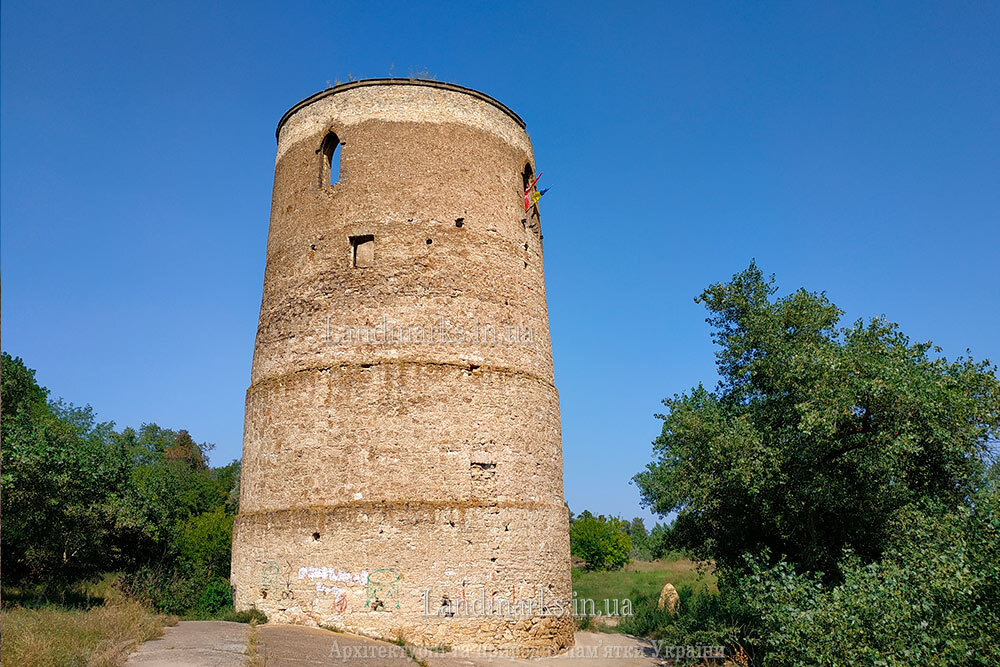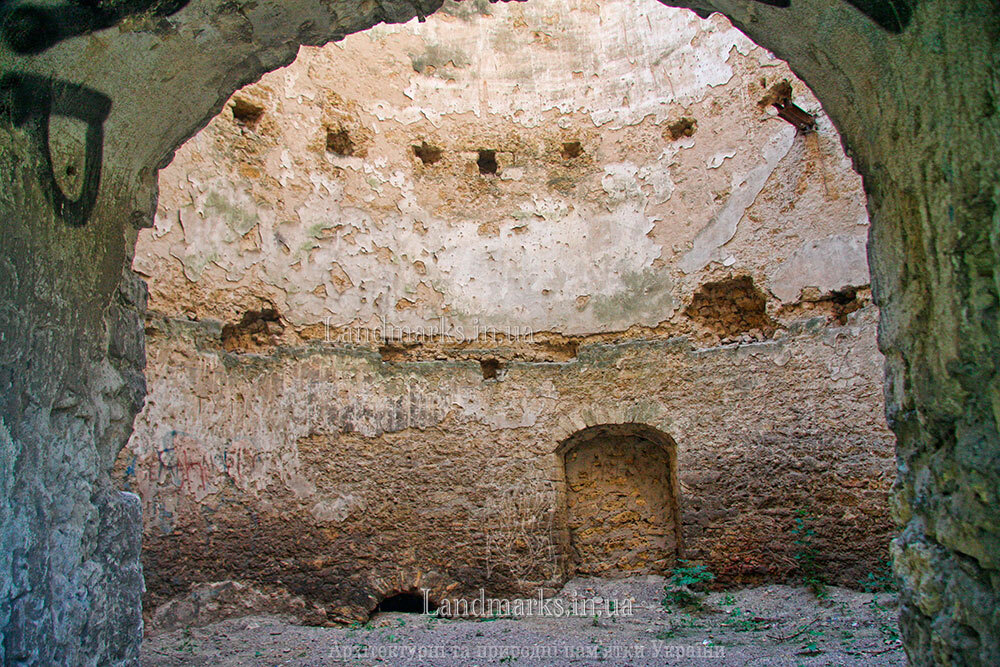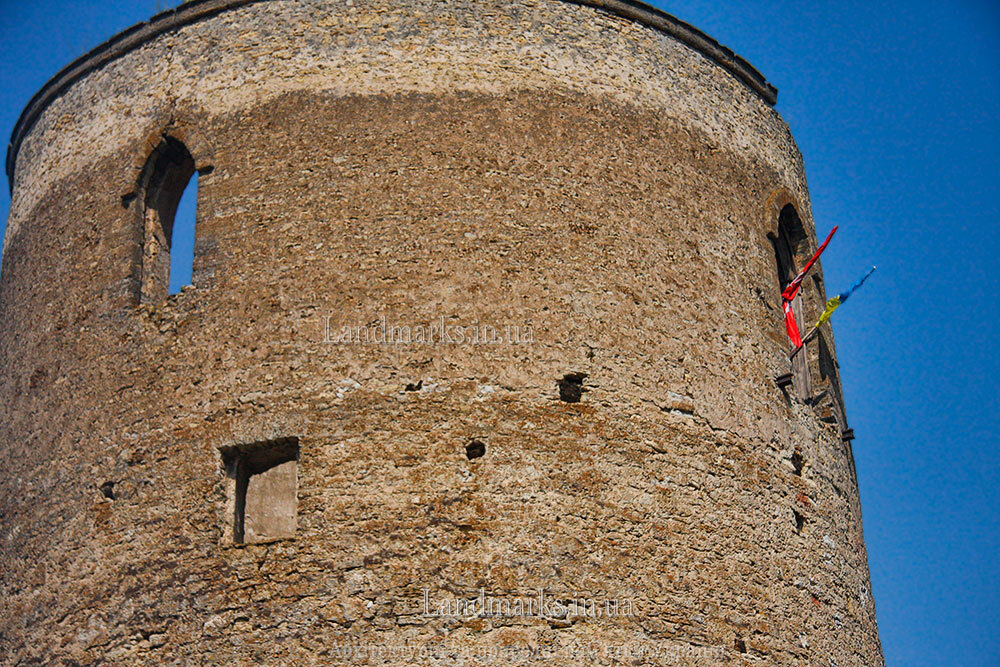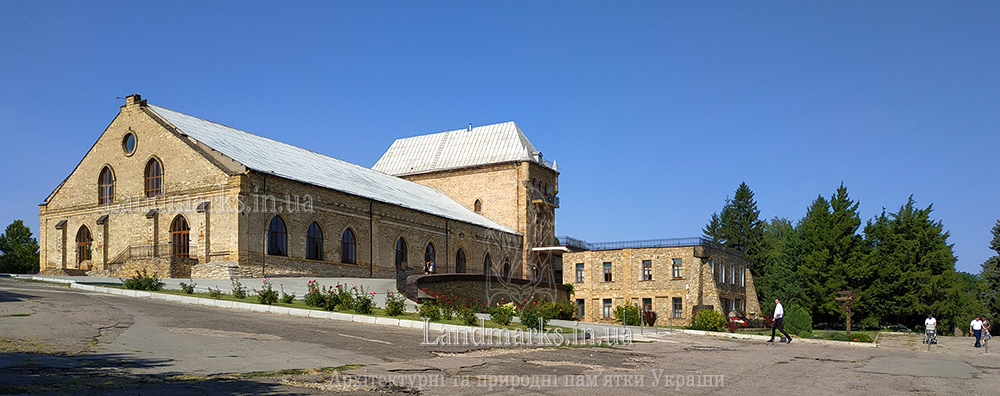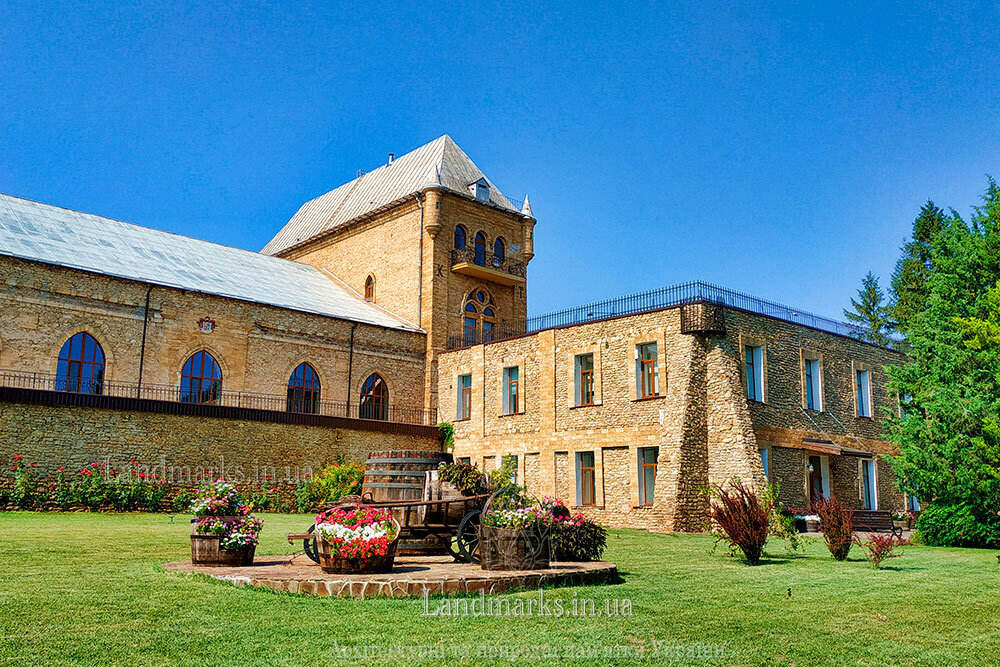 What to see in Vesele? What are the historical and architectural Sightseeings?
What to see in Vesele? What are the historical and architectural Sightseeings?
People usually went to Vesele from Kherson to visit the world-famous 150-year-old chateau and winery of Prince Trubetskoy. But only a limited number of people paid attention to a very old landmark of the Lithuanian-Russian period - a medieval tower.
We will begin our exploration of the sights of Vesele, Kherson region, with the tower
Vytautas Tower is one of the little-studied and little-known objects in southern Ukraine.
The tower is a part of the Tavan crossing complex that once existed on the island of Tavan. As Guillaume de Beauplan wrote in his book Description of Ukraine, this crossing was the best of the five that existed at the time across the Dnipro from Kichkas (now a town in Zaporizhzhia) to Ochakiv: "The third and best crossing is Tavanska, because it is only one day's journey away from the Crimea, and it is also easy to walk across, because there are only two rivulets: the first is Kiska Voda, which is usually convenient for crossing in this place, and the Dnipro: it must be crossed by swimming, although it is not wide, about 500-600 steps."
This island was flooded and was located between modern-day Beryslav and Kakhovka. But after the international eco-crime, the genocide of Ukrainians - the blowing up of the Kakhovka hydroelectric power station by the Russian military on the orders of the Russian leadership - the island has risen from the water.
The tower is also mentioned by Mykhalon Lytvyn, a Lithuanian diplomat in the Crimea, in his treatise "On the Customs of Tatars, Lithuanians and Muscovites" ("De moribus tartarorum, lituanorum et moscorum").
In the early fifteenth century, Grand Duke Vytautas of Lithuania founded his own fortress and customs office on the site of modern Beryslav, which was called Vytautas Customs in his honour. As it is clear, the tower was part of the Lithuanian customs. It controlled the southern part of the island. This means that today the tower in Vesele is the only fortification that belonged to the Grand Duchy of Lithuania and has survived to this day! After a while, these territories became the property of the Crimean Khanate. Three fortresses were built here to protect the Crimean Khanate and the Ottoman Empire from Cossack raids. In 1484, on the site of modern Beryslav, it was named Kazi-Kermen (Ğazı Kermen, Maiden Fortress), in 1484, on the site of modern Beryslav; Islam-Kermen (İslâm Kermen), in 1492, on the site of modern Kakhovka; and Khan Burun on the island of Tavan. There was a legend that chains were stretched between the fortresses to prevent Cossack boats from entering.
In 1695, the fortresses were captured by the Cossack regiments of Hetman Ivan Mazepa and destroyed.
The tower has 4 ground levels. According to the latest measurements, its height is 19 metres. The fourth tier of the tower was built later in the nineteenth century. Experts who have explored the tower suggest that the tower had a basement. That is, there were five floors in total. It is interesting that the width of the walls of the first ground level is much wider than the last. While the first ground level averages up to 1.5 metres, the last one is only 0.6-0.8 metres wide.
In the 80s of the nineteenth century, Prince Petro Trubetskoy converted a medieval watchtower into an observation tower for his winery.
The tower was used as a water tower until the 50s of the twentieth century.
The area where the historical point stands was part of the territory of the Kakhovka hydroelectric power station. It's hard to imagine that this medieval tower had no official protection status for a long time. And the plans to build the second stage of the Kakhovka HPP posed a real threat to its existence, as well as to the palace complex in neighbouring Kozatske, waterfalls, and the green zone. So, thanks to the efforts of activists, the Watchtower was included in the State Register of Immovable Architectural Landmarks of Ukraine of Local Importance.
The Terra Futura Festival of Contemporary Art was held to draw attention to the sight, preserve it and provide guarantees against destruction, as well as its tourist potential. The festival was attended by media representatives, architects, landmark protection specialists, and public activists. In 2017, archaeological research was carried out. In 2018, thanks to the support of the Lithuanian Consulate in Kherson and the Lithuanian Ambassador to Ukraine, the Watchtower was granted the status of an architectural landmark of national importance. The Medieval tower even has its own website: see here (in Ukrainian)
An interesting video about the tower at the Nova Kakhovka tourist canal in Ukrainian
Knyaz Trubetskoy Winery
This beautiful winery on the banks of the Dnipro River near Nova Kakhovka in the village of Vesele was founded in 1896. In just four years, the winery has achieved worldwide success with its Riesling wine and won the Grand Prix at the Paris Wine Show. And in 1902, the winery was awarded the Best Grape Table Wine prize by Russian Emperor Alexander III. In 1917, after the Revolution, the Trubetskoy Chateau was nationalised and became a wine collective farm. In the early 2000s, the winery was given a new life. The main building of the chateau, the cellars where the wine was stored in oak barrels and bottles were restored, and the production process itself was restored using French technology. The tourist infrastructure was also developed: a hotel was opened and degustation tours were created, which were popular among connoisseurs of wine and the history of winemaking in Ukraine. It is important to note that the winery is the only surviving historic chateau in Ukraine. The winery had 8 cellars where wine was stored, including valuable rare specimens, some of which were fifty years old.
All this lasted until the end of February 2022. Until the Russian horde attacked the whole of Ukraine, when the Kherson lands, including Vesele and the chateau, were occupied. The Russian pigs destroyed all production, destroyed vineyards, gorged themselves on wine, and what they couldn't drink, they poured out and broke the bottles, and mined the chateau and the territory during their retreat.
Now this bastard is shelling Vesele and Kozatske and other settlements from the other side of the Dnipro. Russian vile monsters are once again showing their "Russian culture" and "Russian world".
